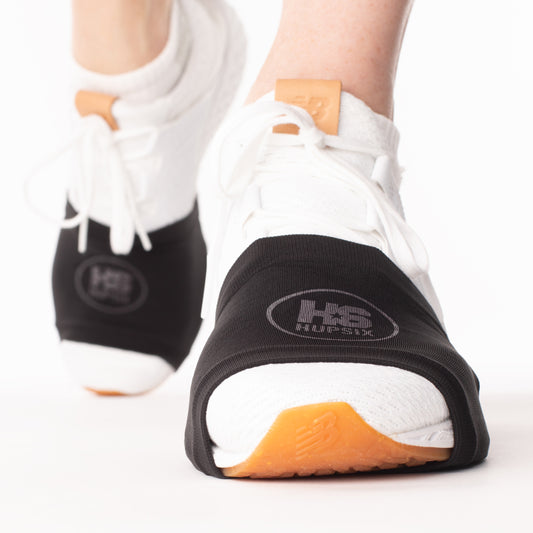
How Many Steps a Day Do You Need? (Here’s the Real Metric)
Quick Answer: Steps don’t measure fitness—they just prove you weren’t sitting still. Cardio fitness is built when your heart stays in moderate and vigorous zones long enough to adapt. Walking is healthy, but it’s not the same as training your heart.
The 10,000-Step Myth
The “10,000 steps” rule didn’t come from science—it came from a 1960s pedometer ad in Japan (manpo-kei, “10,000-step meter”). It stuck because it’s catchy, not because it reflects true fitness.
What Steps Really Measure
Steps track activity, not capacity. They tell you how much you moved, not how strong or efficient your heart became.
- High steps, low payoff: You can walk all day and never reach a training heart rate.
- Fewer steps, real fitness: Thirty minutes in your cardio zones beats ten thousand slow steps.
Activity is about movement. Cardio is about adaptation.
The Metric That Actually Matters
- Guidelines: Adults need 150 minutes of moderate or 75 minutes of vigorous cardio weekly (vigorous minutes count double).
- Scoreboard: Track time in moderate + vigorous zones, not step totals or calorie guesses.
Why Vigorous Minutes Win
Vigorous, structured work raises cardiorespiratory fitness (CRF) and improves how efficiently the heart pumps.
- Cooper Institute: Higher CRF is linked to better long-term outcomes in large cohorts. See summary.
- Levine / UT Southwestern: Research indicates targeted training can support youthful cardiac function. Overview.
- Norwegian 4×4: A proven vigorous protocol that elevates VO₂max. CERG guidance.
Stop Guessing—Use a Chest Strap
If you’re serious about fitness, track it correctly. Optical wrist sensors miss spikes and drop data when the pace changes. A chest-strap monitor shows what’s actually happening so you know when you’ve hit moderate and vigorous zones—and when you haven’t. Don’t guess. Know.
How HupSix Makes Every Minute Count
HupSix is a fast-paced workout that improves the way you move using patented gear, bodyweight exercises, and audio cues to get you moving in sync to music that rocks.
- Six rounds in 30 minutes: Learn, practice to clicks, then execute to music—paced so you stay engaged and in-zone.
- Proven intensity: Tested with Garmin chest straps, most classes log ≈ 40–50 minutes of cardio-zone time in half an hour.
It’s not about how many steps you take. It’s about how strong your heart gets.


